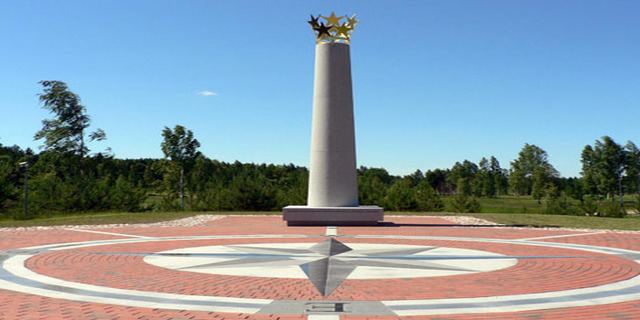 | ||
The location of the geographical centre of Europe depends on the definition of the borders of Europe, mainly whether remote islands are included to define the extreme points of Europe, and on the method of calculating the final result. Thus, several places claim to host this hypothetical centre. The first official declaration of the Centre of Europe was made in 1775 by the Polish royal astronomer and cartographer Szymon Antoni Sobiekrajski, and calculated to be in the town Suchowola near Białystok in modern north-eastern Poland. The method used was that of calculating equal distances from the extreme points of Europe: in Portugal (W) vs. Central Ural (E), in Norway (N) vs. Southern Greece (S), (islands were not taken into consideration). There is a monument commemorating that fact in Suchowola 53°34′39″N 23°06′22″E.
Contents
- Current measurements
- Belarus
- Hungary
- Estonia
- Other claimants
- Austria Hungary
- Soviet measurements
- Geographic centre of the European Union
- IGN calculations
- Other calculations
- Eurozone
- References
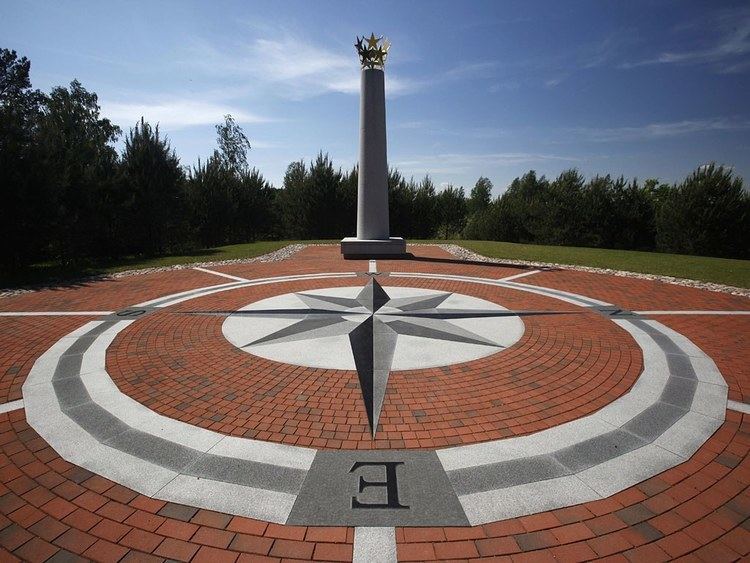
Current measurements
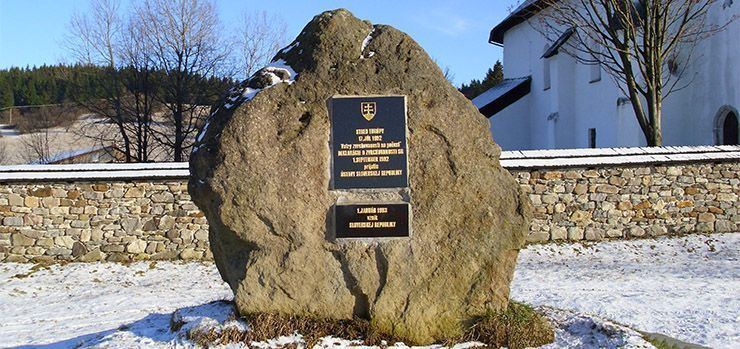
After a re-estimation of the boundaries of the continent of Europe in 1989, Jean-George Affholder, a scientist at the Institut Géographique National (French National Geographic Institute) determined that the geographic centre of Europe is located at 54°54′N 25°19′E. The method used for calculating this point was that of the centre of gravity of the geometrical figure of Europe. This point is located in Lithuania, near the village of Purnuškės. A monument, composed by the sculptor Gediminas Jokūbonis and consisting of a column of white granite surmounted by a crown of stars, was erected at the location in 2004. An area of woods and fields surrounding the geographic centre point and including Lake Girija, Bernotai Hill, and an old burial ground, was set aside as a reserve in 1992. The State Tourism Department at the Ministry of Economy of Lithuania has classified the Geographic Centre monument and its reserve as a tourist attraction. 17 km away lies Europos Parkas, Open Air Museum of the Centre of Europe, a sculpture park containing the world's largest sculpture made of TV sets.
Belarus
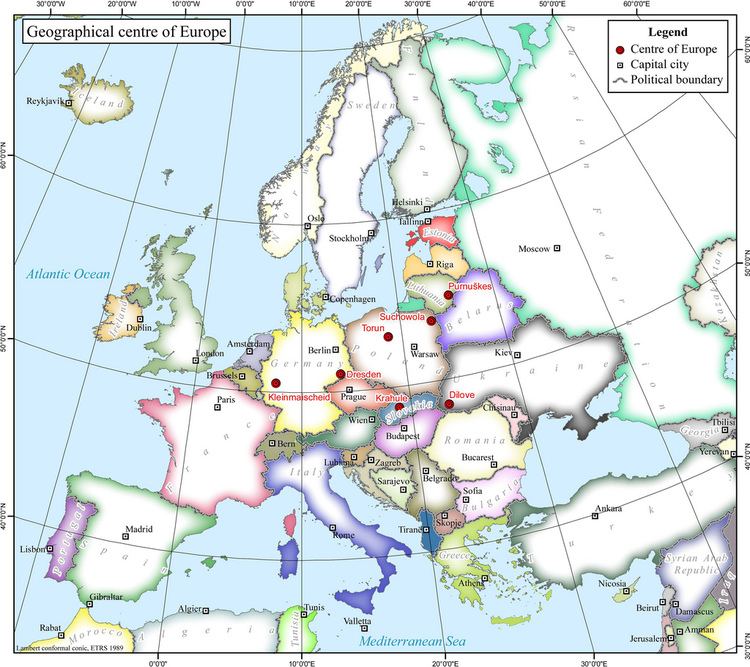
In 2000 Belarusian scientists Alexey Solomonov and Valery Anoshko published a report that stated the geographic centre of Europe was located near Lake Sho (55°10′55″N 28°15′30″E; Belarusian: Шо) in Vitsebsk Voblast.
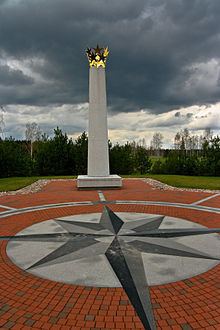
Scientists from the Russian Central Research Institute of Geodesy, Aerial Survey and Cartography (Russian: ЦНИИГАиК) confirmed the calculations of Belarusian geodesists that the geographical centre of Europe is located in Polotsk 55°30′0″N 28°48′0″E. A small monument to the Geographical Centre of Europe was set up in Polotsk on May 31, 2008.
Hungary
It is claimed that a 1992 survey found that the geometric centre of Europe is in the village of Tállya, Hungary 48.23610°N 21.22574°E / 48.23610; 21.22574. In 2000, a sculpture was erected in the village, with a table on it declaring the place the "Geometric Centre of Europe".
Estonia
It is claimed that if all the islands of Europe – from the Azores to Franz Joseph Land and from Crete to Iceland – are taken into consideration then the centre of Europe lies at 58°18′14″N 22°16′44″E in the village of Mõnnuste, on Saaremaa island in western Estonia. Again, no author and no method of calculation have been disclosed. The local Kärla Parish is seeking to verify the location and to turn it into a tourist location.
Other claimants
Locations currently vying for the distinction of being the centre of Europe include:
The Guinness World Records recognises Bernotai, as the official geographical midpoint of Europe, but that does not preclude other centres, depending on the methodology used in making the determination.
Austria-Hungary
Soviet measurements
Measurements done after World War II by Soviet scientists reconfirmed the Austria-Hungarian claim that Rakhiv and Dilove (in Russian: Rakhov and Dyelovoye) to be the geographical centre of Europe. The old marker in the small town was renewed, and a major campaign to convince everyone of its validity was undertaken.
Geographic centre of the European Union
Other locations have claimed the title of geographic centre of Europe on the basis of calculations taking into account only the territory of those states which are members of the European Union (or formerly - European Community).
IGN calculations
As the European Union (EU) has grown in the last 50 years, so has the geographical centre shifted with each expansion.
The French Institut Géographique National (IGN) has been calculating the changing location of what it estimates to be the geographical centre of the EU since at least 1987. Its calculations exclude such extra-European territories of the EU as French Polynesia.
Other calculations
The geographical midpoint of the European Union is not free from disputes, either. If some different extreme points of the European Union, like some Atlantic Ocean islands, are taken into consideration this point is calculated in different locations.
Eurozone
The original centre of the Eurozone is located in France, and in various places for various periods. At some point of time it was near the village of Liernais. This location also changes with the accession of new countries into Eurozone (e.g. Slovakia 2009).
